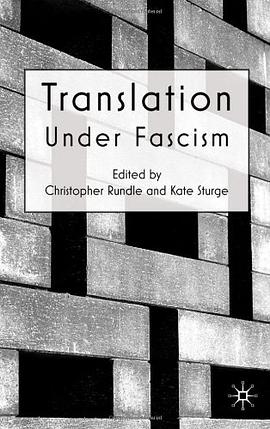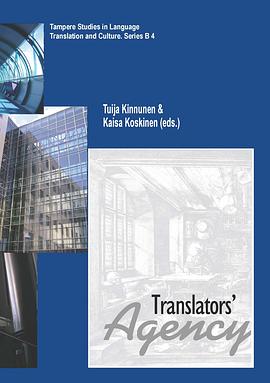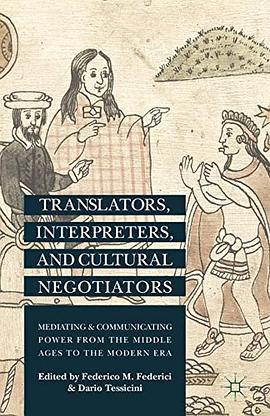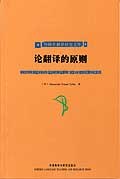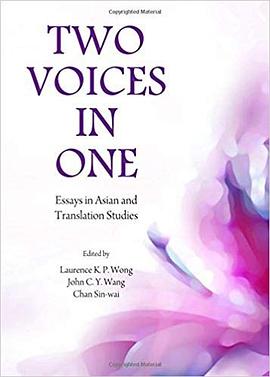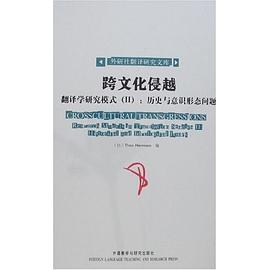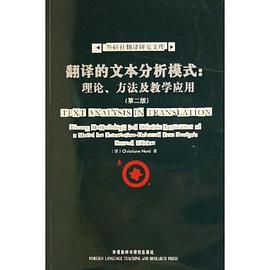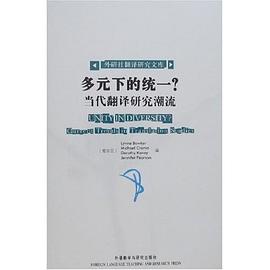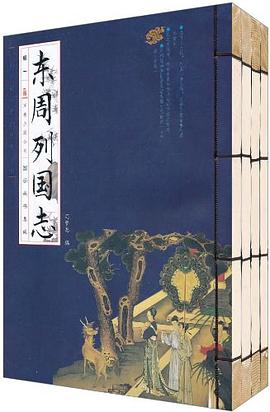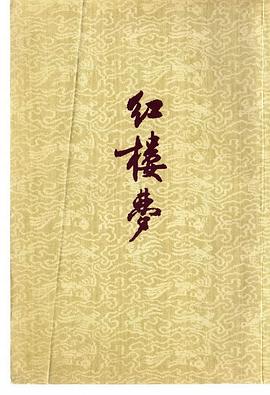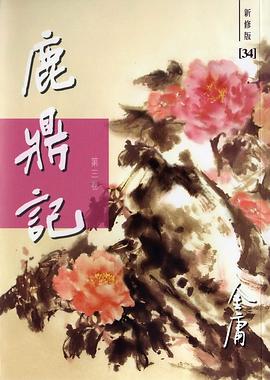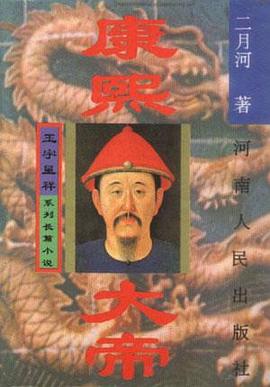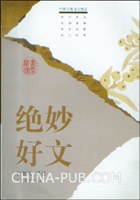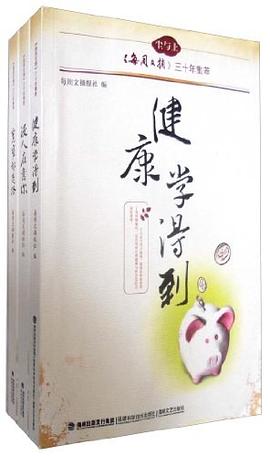Translation in the East Asian Cultural Sphere: Shared Roots, Divergent Paths?, Judy Wakabayashi, pp 17-65.
This paper examines the historical similarities and differences that shaped translation norms in Japan, Korea and Vietnam, which all adopted Chinese characters as their written script and were greatly influenced by Chinese culture. A comparison is also made with translation in China itself. Factors considered include indigenous methods of reading Chinese texts and the subsequent availability of non-Chinese scripts, the selection of texts for translation, the status of the native vernacular in writing and the acceptance of Chinese vernacular fiction, and preferences for importing or coining translational equivalents. Other aspects examined include attitudes towards the introduction of Western ideas and towards translation as a means of national survival, the role of foreign translators, government and private sponsorship, and the professionalization of translation, as well as its theorizing and academic study.
Translation in China - An Analytical Survey: First Century B.C.E. to Early Twentieth Century, Eva Hung, pp 67-107.
This survey of Chinese translation activities, which spans two millennia, is based on an extensive study of primary sources. It begins with definitions of 'China' and 'translation' that reflect their historical contexts, and highlights special Chinese characteristics and phenomena - such as strong cultural superiority, the existence of non-Chinese dynasties, and the reliance on non-Chinese translation manpower - which had long-term impact on translation practices. The author identifies two categories into which translation activities fell: cultural translation that aimed at bringing change to the host culture, and government translation that aimed at strengthening the ruler's prestige and effectiveness. The paper delineates the major differences between cultural and career translators, ranging from linguistic ability and mode of operation to their sense of loyalty and purpose. It then gives an account of both categories of translation work done in China, as well as the drastic changes in the early twentieth centuries that have obfuscated the true historical picture.
From 'Controlling the Barbarians' to 'Wholesale Westernization': Translation and Politics in Late Imperial and Early Republican China, 1840-1919, Lawrence Wang-Chi Wong, pp 109-134.
This paper traces the development of translation activities in late Imperial and Early Republican China, focusing on the intellectuals' change of attitude towards translating Western Learning. A number of major issues are discussed: (1) How and why was translation adopted as the means to modernize and save the country? (2) What texts were selected for translation in order to fulfill this purpose? (3) What were the opposing voices and how were they dealt with? (4) What were the changes in people's attitude towards translating Western Learning? (5) What impact did such translation activities have on China socially, politically and culturally?
Amalgamation of Literariness: Translations as a Means of Introducing European Literary Techniques to Modern Japan, Ohsawa Yoshihiro, pp 135-154.
Source-oriented attitudes formed through early contacts with Classical Chinese texts led to an acceptance of 'translationese' in Japan and continued to shape translators' attitudes throughout subsequent contacts with texts in European languages. The great differences between the indigenous literary tradition and European texts newly imported in the Meiji Period (1868-1912) sparked moves for a new vernacular-based written language and a revitalization of native literary traditions by drawing on translations for inspiration. The resulting language had a foreign ring to it, but its innovative effect led to its use not only in translations, but also in original works right through to today, such that the Japanese language now represents an amalgam of European and Japanese literary elements, with foreign elements being incorporated on a selective basis. The paper concludes by contrasting the situation in Japan with the typically target-oriented English translations of Japanese literature.
The Lover's Silence, The People's Voice: Translating Nationalist Poetics in the Colonial Period in Korea, Theresa Hyun, pp 155-168.
Koreans began to formulate their sense of modern nationhood during the period when they were faced with colonial oppression by Japan. At that time translations of foreign works contributed to the creation of modern literary forms as well as to broader cultural changes. The translators of the 1920s and 30s engaged in lively debates about the role of translation in enriching Korean language and culture. Kim Ok, one of the most prominent translators of the time, emphasized the efficacy of translating the works of the Indian poets Rabindranath Tagore and Sarojini Naidu as a means of promoting Asian sentiments and philosophical outlook. Kim Ok's Tagore and Naidu translations relate to nationalist images in certain original Korean works of the period. Women writers such as Kim Myong-Sun and Mo Yun-Suk combined some of the feminist and nationalist tendencies found in translated works. An examination of literary translations in the colonial period in Korea yields insights into the relationship of translation to changes in gender and national identities.
Sino-Vietnamese Translation from Classical to Vernacular, Keith W. Taylor, pp. 169-194.
This essay offers a brief survey of translation practices among Vietnamese speakers and, as an example, analyzes a seventeenth-century translation of a Buddhist text from Classical Chinese into vernacular Vietnamese that survives in an eighteenth-century reprinting. Analyses of places in the text where a discernible divergence appears between the source text and the target text offer opportunities to examine choices made by the translator and to explore the cultural context that might have plausibly conditioned those choices.
Rethinking the Translation in Translation Studies: Questions from Makassar, Indonesia, William Cummings, pp 195-210.
The Indonesian region of Makassar has long been a crossroads for trade and a contact zone in which speakers of diverse languages interacted. Since at least the early modern era, Makassarese were extraordinarily interested in foreign languages and written manuscripts. Yet despite this cosmopolitan background, with few exceptions Makassarese translated but a handful of foreign works. The explanation lies in the assumptions behind the process we term translation. This essay uses the example of Makassar to rethink the motivations and meanings that can be attached to translation. Translation must be viewed as part of a spectrum of possible relationships to foreign languages and foreign texts, all of which are means of gaining access to another culture through language. Translation may have surrogates of its own because of how it is enmeshed in the establishment, negotiation, and perpetuation of social relationships. The initially puzzling dearth of translations into Makassarese offers a window into the complexity of the linguistic and cultural dynamics that characterize contact zones throughout the Indonesian archipelago and beyond.
Translation in the Malay World: Different Communities, Different Agendas, Doris Jedamski, pp 211-245.
For many centuries in the Malay world active and questioning use has been made of Arabic, Chinese, Indian and European source texts of all kinds. They were translated into Malay as well as into regional languages. This article outlines indigenous translation activities and colonial translation policy during the 19th and 20th centuries as they affected Malay literature. With the growing interference of the European colonial power in the educational sector and text production, the situation and tactics of the translators - among them Eurasians, Chinese, Sino-Malay, Arabs, Malay and Javanese - could not but change. Influenced also by their differing ethnic backgrounds, these translators developed diverse strategies, revealing divergent and sometimes contradictory notions of translation, translation history, and 'ownership of the word'. This paper depicts the momentum that these concepts and strategies created in the Malay world. The screening and selection of cultural knowledge from outside the Malay traditions, as well as its purposeful acquisition and incorporation into the indigenous culture, has always relied on translation, but increasingly so when indigenously-run print media emerged in the Malay archipelago. From the late 19th century onwards literary translation in the broadest sense began to play a central role in the intellectual life of the Malay world. Within the indigenous context, a translation was apparently seen only as a first step, necessary to make the foreign source accessible, assessable, and - if deemed sufficiently relevant to be incorporated into the indigenous culture - adaptable.
Translation and the Korido: Negotiating Identity in Philippine Metrical Romances, Raniela Barbaza, pp 247-262.
This paper examines the korido metrical romance as a literary product borne out of the contact between the cultures of the Philippines and Spain. It investigates how the korido, as a form of rewriting, reveals the Filipinos' response towards Spanish domination. Mainly involving Spanish themes expressed through Spanish words, the koridos show how greatly Filipino culture has been dominated by Spanish culture. Using the Tagalog concept of translation as revealed through the word pagsasalin, the paper indicates how translation was employed by the Filipinos for their own purposes even as it was used in reconstructing their culture to suit the purposes of the conquering culture. The paper focuses on the korido Historia Famosa ni Bernardo Carpio sa Reinong España na Anac ni Don Sancho at ni Doña Jimena as a specific illustration of how the Tagalog concept of translation is revealed in the rewriting of the koridos.
The Fiction of Translation, Rita Kothari, pp 263-273.
Our understanding of translation and its attendant norms such as faithfulness and accuracy are premised upon fixed textuality, a legacy of print capitalism. Even after the firm establishment of the print media in India, however, everyday practices of translation continue to escape the awareness of a fixed text - examples of uninstitutionalized, unselfconcious, unauthorized translations point to continuation of pre-colonial traditions. The denial of the text's fixity manifests itself in practices ranging from creative re-invention to blatant plagiarism. Drawing examples from translations of popular, best-selling American novels into Gujarati, this paper shows how the imperatives of a mass market defy translation norms and yet translations of bestsellers pay handsome tributes to the 'originals'. The paper argues for theoretical frameworks that accommodate a large mass of unacceptable, uninstitutionalized and yet effective translations. It also touches upon the legal context of adaptations and translations in order to evolve a historiography of translation that incorporates implicit worldviews and explicit laws governing acts of translation.
· · · · · · (
收起)

 當代譯學批判 pdf epub mobi txt 電子書 下載
當代譯學批判 pdf epub mobi txt 電子書 下載 Translation Under Fascism pdf epub mobi txt 電子書 下載
Translation Under Fascism pdf epub mobi txt 電子書 下載 Translational Action and Intercultural Communication pdf epub mobi txt 電子書 下載
Translational Action and Intercultural Communication pdf epub mobi txt 電子書 下載 Translators' Agency pdf epub mobi txt 電子書 下載
Translators' Agency pdf epub mobi txt 電子書 下載 Translators, Interpreters, and Cultural Negotiators: Mediating and Communicating Power from the Midd pdf epub mobi txt 電子書 下載
Translators, Interpreters, and Cultural Negotiators: Mediating and Communicating Power from the Midd pdf epub mobi txt 電子書 下載 Writing Between the Lines Portraits of Canadian Anglophone Translators pdf epub mobi txt 電子書 下載
Writing Between the Lines Portraits of Canadian Anglophone Translators pdf epub mobi txt 電子書 下載 論翻譯的原則 pdf epub mobi txt 電子書 下載
論翻譯的原則 pdf epub mobi txt 電子書 下載 Two Voices in One pdf epub mobi txt 電子書 下載
Two Voices in One pdf epub mobi txt 電子書 下載 跨文化侵越 pdf epub mobi txt 電子書 下載
跨文化侵越 pdf epub mobi txt 電子書 下載 翻譯與語言 pdf epub mobi txt 電子書 下載
翻譯與語言 pdf epub mobi txt 電子書 下載 翻譯的文本分析模式 pdf epub mobi txt 電子書 下載
翻譯的文本分析模式 pdf epub mobi txt 電子書 下載 Women as Translators in Early Modern England pdf epub mobi txt 電子書 下載
Women as Translators in Early Modern England pdf epub mobi txt 電子書 下載 Translation, Resistance, Activism pdf epub mobi txt 電子書 下載
Translation, Resistance, Activism pdf epub mobi txt 電子書 下載 多元下的統一?當代翻譯研究潮流 pdf epub mobi txt 電子書 下載
多元下的統一?當代翻譯研究潮流 pdf epub mobi txt 電子書 下載 東周列國誌(綫裝版•竪排版) pdf epub mobi txt 電子書 下載
東周列國誌(綫裝版•竪排版) pdf epub mobi txt 電子書 下載 紅樓夢 pdf epub mobi txt 電子書 下載
紅樓夢 pdf epub mobi txt 電子書 下載 鹿鼎記-3 pdf epub mobi txt 電子書 下載
鹿鼎記-3 pdf epub mobi txt 電子書 下載 康熙大帝--玉宇呈祥 pdf epub mobi txt 電子書 下載
康熙大帝--玉宇呈祥 pdf epub mobi txt 電子書 下載 絕妙好文 pdf epub mobi txt 電子書 下載
絕妙好文 pdf epub mobi txt 電子書 下載 寬窄都是路 pdf epub mobi txt 電子書 下載
寬窄都是路 pdf epub mobi txt 電子書 下載




